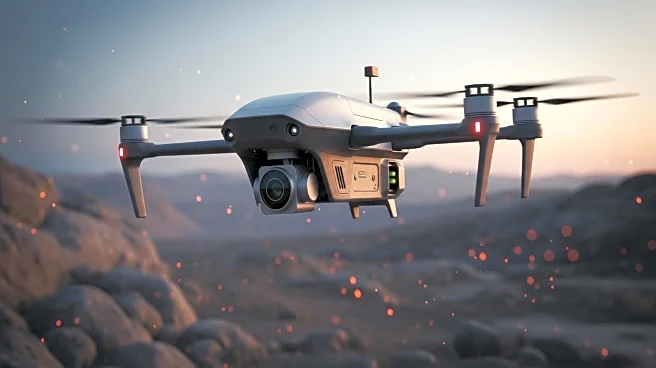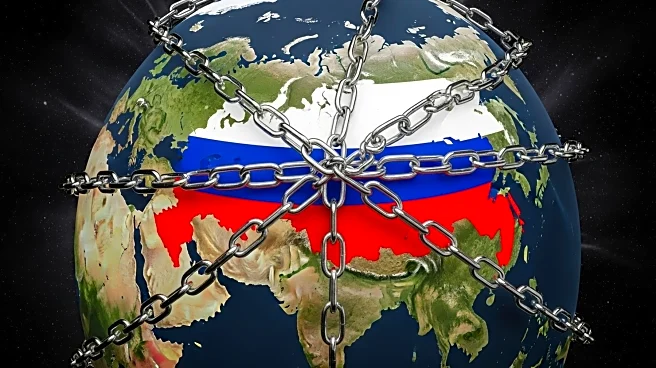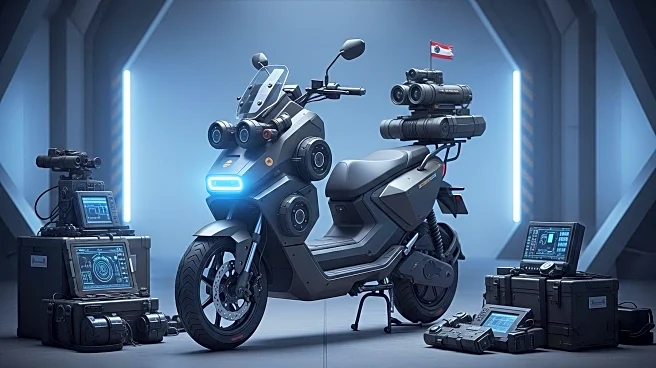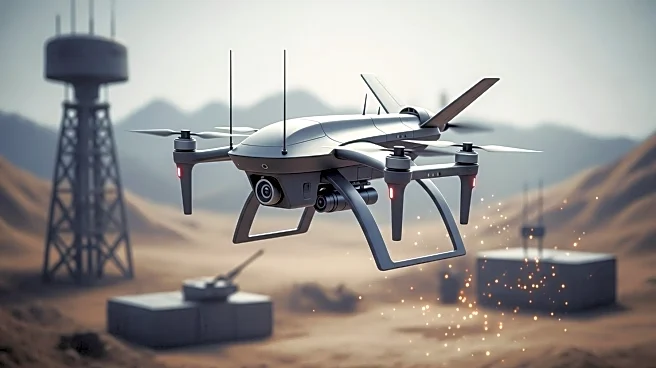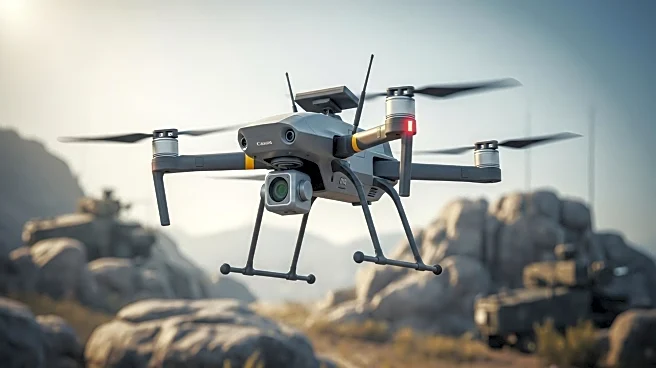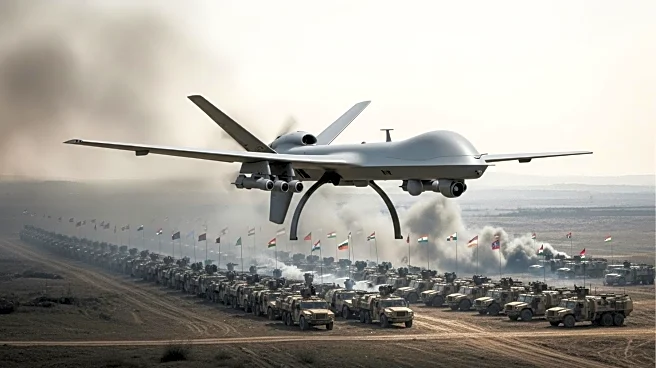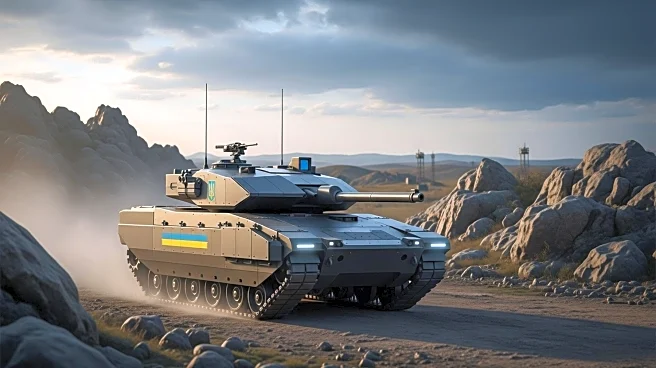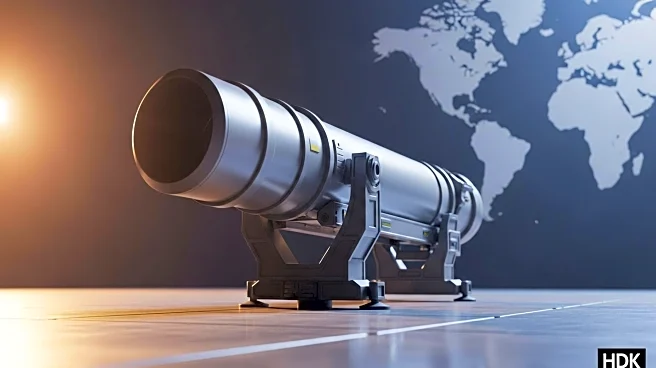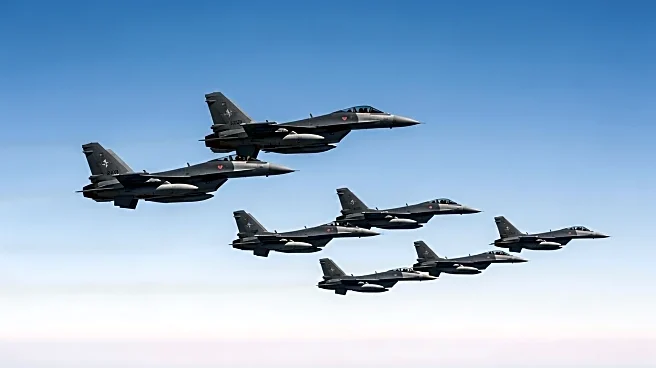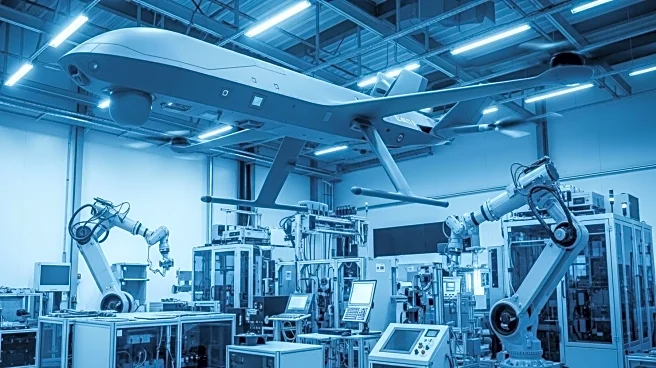What is the story about?
What's Happening?
Ukrainian soldiers are increasingly utilizing remote-controlled armored vehicles to perform various tasks on the battlefield, reducing the risk to human life. These vehicles, referred to as 'robots on wheels,' are used to ferry supplies, clear mines, and evacuate the wounded or dead. The deployment of these vehicles is a response to a shortage of soldiers in the ongoing conflict with Russia. The vehicles, mostly manufactured by Ukrainian companies, range in cost from $1,000 to $64,000, depending on their capabilities. While remote-controlled vehicles are not new to warfare, Ukraine's extensive use of them is noteworthy and could lead to technological advancements, according to Ben Barry from the International Institute for Strategic Studies.
Why It's Important?
The use of remote-controlled vehicles in Ukraine highlights a significant shift in military strategy, emphasizing technology to minimize human casualties. This approach could influence future military tactics globally, as countries seek to protect their personnel while maintaining operational effectiveness. The development and deployment of such technology could also spur innovation in the defense industry, potentially leading to new products and services. Additionally, the reliance on these vehicles underscores the challenges faced by Ukraine in terms of manpower and resources, reflecting the broader impact of prolonged conflict on national capabilities.
What's Next?
As the conflict continues, Ukraine is likely to further integrate remote-controlled vehicles into its military operations, potentially expanding their roles and capabilities. This could lead to increased investment in research and development to enhance the effectiveness and resilience of these machines. Other nations observing Ukraine's strategy may consider adopting similar technologies, prompting discussions on the ethical implications of automated warfare. The ongoing feedback from the battlefield will likely inform the design of newer models, improving their functionality and survivability.
AI Generated Content
Do you find this article useful?
